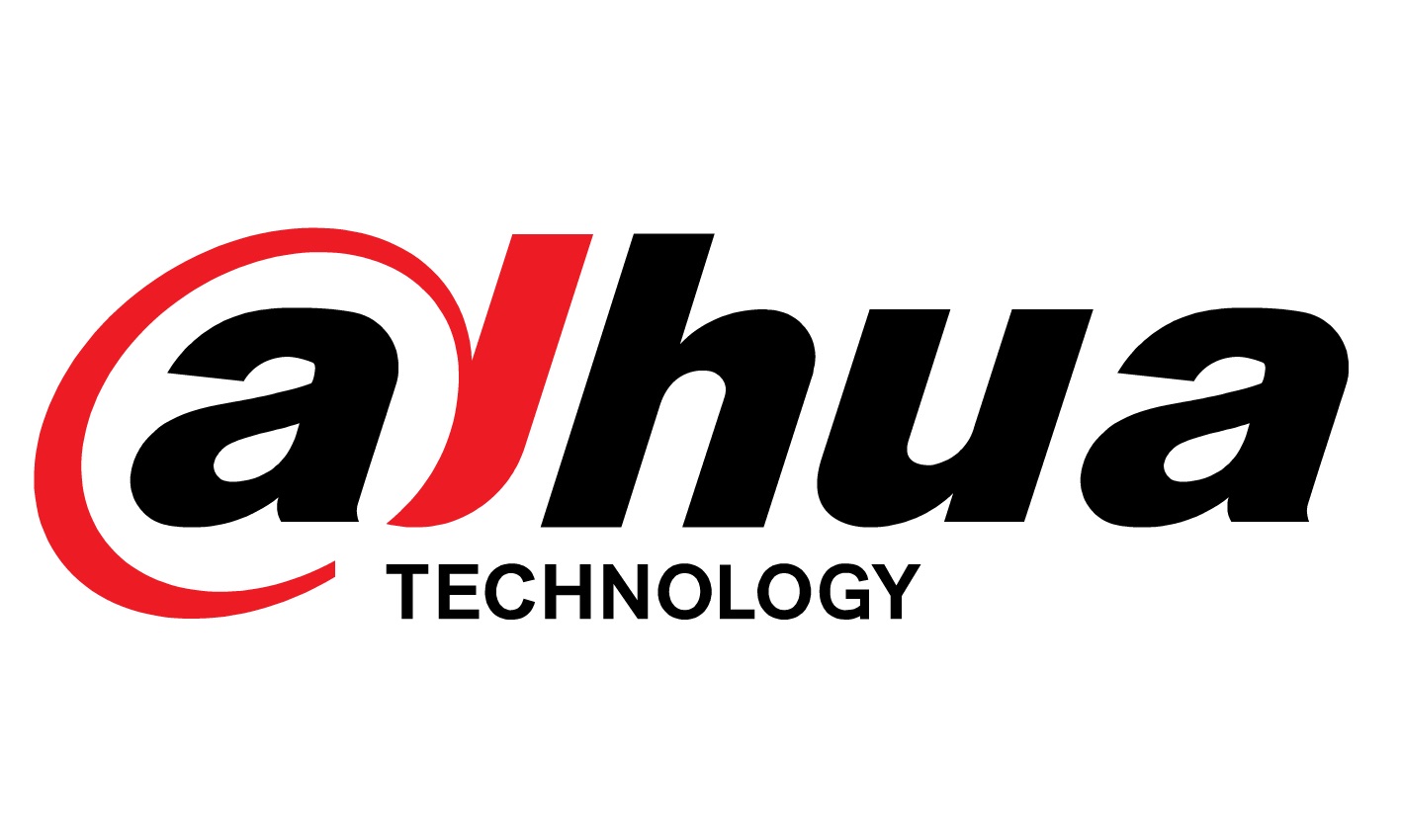On the subject of maintaining your property secure, photo voltaic electrical fence methods provide a sensible and environment friendly answer. Think about a fence that runs on sunshine, providing safety with out rising your power payments. Let’s discover how these methods work and why they is perhaps the suitable match for you.
What Are Photo voltaic Electrical Fence Techniques?
Photo voltaic electric fence systems are fences powered by photo voltaic power. They use photo voltaic panels to gather daylight and convert it into electrical energy. This electrical energy energizes the fence itself, making a shock that deters intruders, whether or not they’re animals or undesirable guests. Image your common electrical fence, however as an alternative of being plugged into the grid, it will get its juice from the solar.
Key Elements of Photo voltaic Electrical Fences
Photo voltaic Panels
On the coronary heart of the system are the photo voltaic panels. These panels soak up daylight and cost a battery, offering a steady supply of power. Even on cloudy days, they will nonetheless generate sufficient energy to maintain the fence working.
Controller
The controller is the mind of the system. It regulates the ability despatched to the fence, making certain it stays on the optimum stage. With out this, your electrical shock might be too weak to discourage or, worse, too robust, which might trigger pointless hurt.
Battery
A dependable battery is essential. It shops the power collected by the photo voltaic panels, permitting the fence to function even through the evening or on wet days. This implies your property stays protected 24/7.
Fence Wires
The fence wires carry the electrical cost. These wires are often made from high-quality supplies to face up to the weather and supply efficient deterrence.
Advantages of Photo voltaic Electrical Fence Techniques
Eco-Pleasant
Utilizing solar energy means you’re harnessing renewable power. This reduces your carbon footprint and promotes sustainability. It is like giving Mom Nature a high-five whereas maintaining your area safe.
Price-Efficient
Whereas the preliminary setup may appear excessive, assume long-term. You will not have month-to-month electrical energy payments, and the upkeep prices are sometimes low. It’s an funding that pays off in the long term, very like planting a tree that grows and bears fruit over time.
Simple Set up
Putting in a photo voltaic electrical fence is commonly easier than conventional fences. There’s no want for wiring to the grid, which may complicate issues. Simply arrange your panels, connect your fence, and also you’re good to go.
Versatile Use
These fences can be utilized for numerous functions—maintaining livestock secure, defending gardens, or securing your private home. Whether or not you reside in a rural space or a suburban neighborhood, a photo voltaic electrical fence can adapt to your wants.
The best way to Preserve Your Photo voltaic Electrical Fence
Sustaining a photo voltaic electrical fence is simple. Recurrently examine the photo voltaic panels for grime or particles that might block daylight. Make sure the battery is functioning effectively and exchange it when wanted. Examine the fence wires for any put on and tear. Similar to caring for a backyard, slightly common consideration goes a great distance.
Conclusion: A Brilliant Alternative for Safety
Photo voltaic electrical fence methods will not be only a sensible answer for securing your property; they are a sustainable and cost-effective alternative. By harnessing the solar’s energy, you’ll be able to shield your private home, pets, and gardens with out counting on conventional power sources. It’s about making good decisions for right now and tomorrow, making certain security whereas being variety to the planet. So, why not let the solar do the heavy lifting?


 Dome CCTV Cameras
Dome CCTV Cameras Bullet CCTV Cameras
Bullet CCTV Cameras Day & Night CCTV Cameras
Day & Night CCTV Cameras C-Mount CCTV Cameras
C-Mount CCTV Cameras


